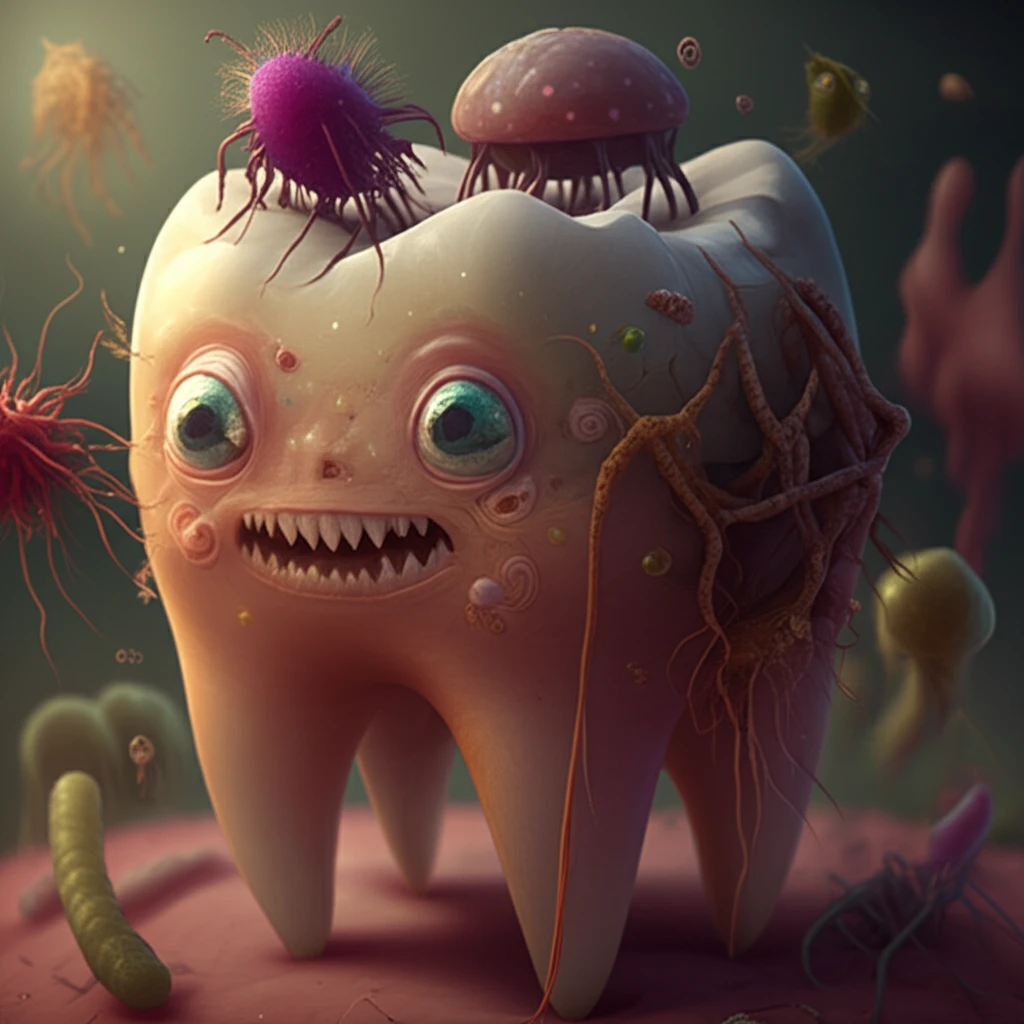
Unmasking Biofilms: How These Microbial Cities Impact Your Health
"From dental plaque to chronic infections, biofilms are everywhere. Learn how to protect yourself!"
Imagine a bustling city, but instead of humans, it's teeming with bacteria, fungi, and other microorganisms. This isn't science fiction; it's the reality of biofilms. Biofilms are intricate communities of microorganisms—bacteria, fungi, and even protists—that adhere to surfaces and are encased in a self-produced matrix.
These microbial metropolises are far from passive. They communicate, cooperate, and even compete for resources, making them significantly more resilient than their free-floating (planktonic) counterparts. Their unique structure and physiology contribute to their notorious resistance to antibiotics and disinfectants, posing a significant challenge in healthcare and various industries.
From the plaque on your teeth to persistent infections in the body, biofilms play a significant role in our daily lives. Understanding what they are, how they form, and what makes them so resistant is the first step in developing effective strategies to combat them. Let’s delve into the fascinating world of biofilms and how they impact your health.
What Exactly Are Biofilms?

At their core, biofilms are more than just a collection of microbes stuck together. They are complex, dynamic ecosystems encased in a matrix of extracellular polymeric substances (EPS). This matrix, often referred to as 'slime,' is a complex mixture of polysaccharides, proteins, nucleic acids, and lipids, all secreted by the microorganisms themselves. The EPS matrix acts as a protective barrier, shielding the biofilm community from external threats like antibiotics, disinfectants, and the host's immune system.
- Surface Attachment: Biofilms always start with microorganisms adhering to a surface. This can be anything from a natural surface like a rock in a stream to artificial surfaces like medical implants.
- EPS Matrix: The protective 'slime' that surrounds and binds the microbial community.
- Microbial Diversity: Biofilms can be composed of a single species of microorganism or a complex community of multiple species.
- Communication: Microorganisms within a biofilm communicate with each other through chemical signaling, a process known as quorum sensing. This allows them to coordinate their behavior and adapt to changes in their environment.
- Resistance: Biofilms are notoriously resistant to antibiotics and disinfectants, making infections difficult to treat.
The Future of Biofilm Research
While biofilms pose significant challenges, ongoing research is paving the way for innovative solutions. Scientists are exploring new strategies to disrupt biofilm formation, enhance antibiotic penetration, and boost the host's immune response. From developing novel antimicrobial agents to exploring the potential of phage therapy, the future of biofilm treatment is filled with promise. By understanding these microbial communities, we can develop more effective strategies to protect our health and well-being. Stay informed, practice good hygiene, and advocate for continued research in this crucial area.
